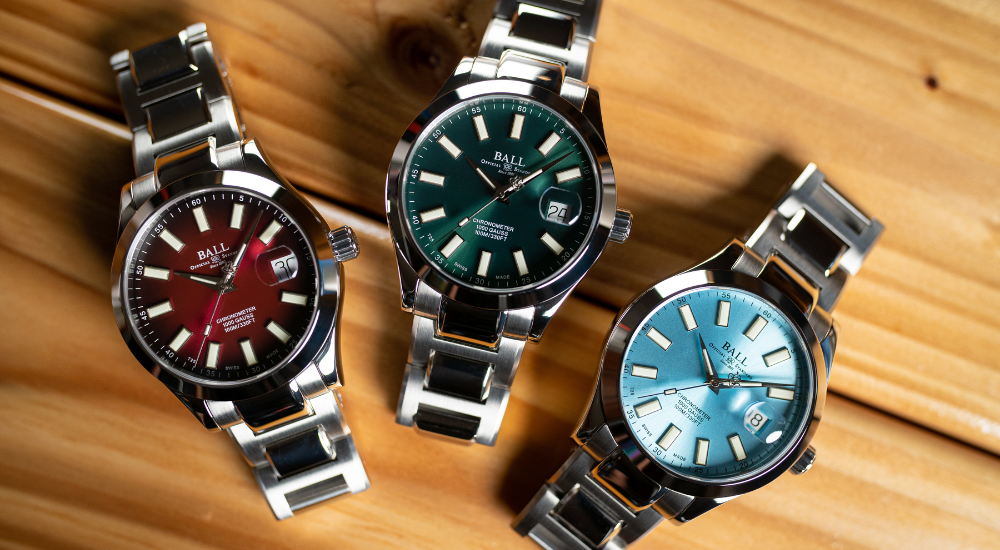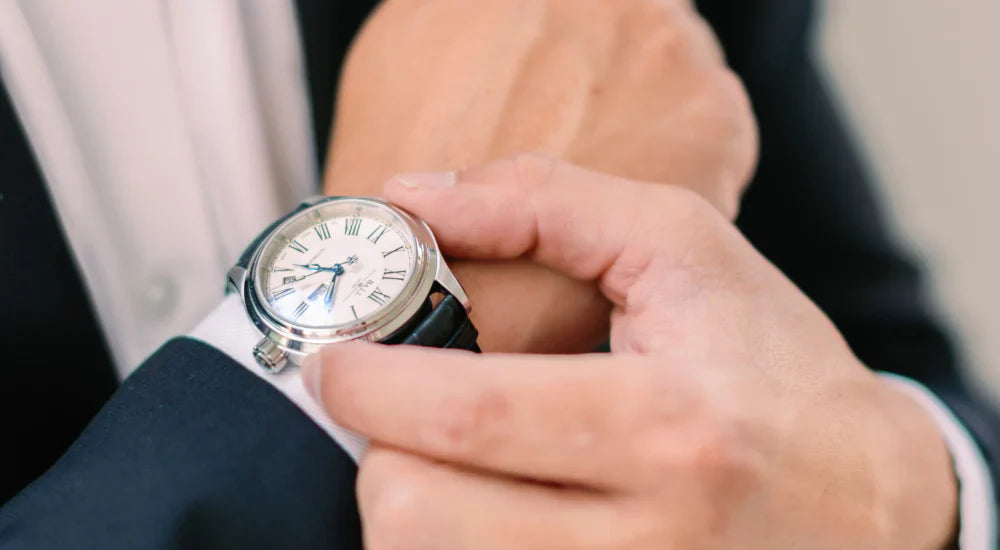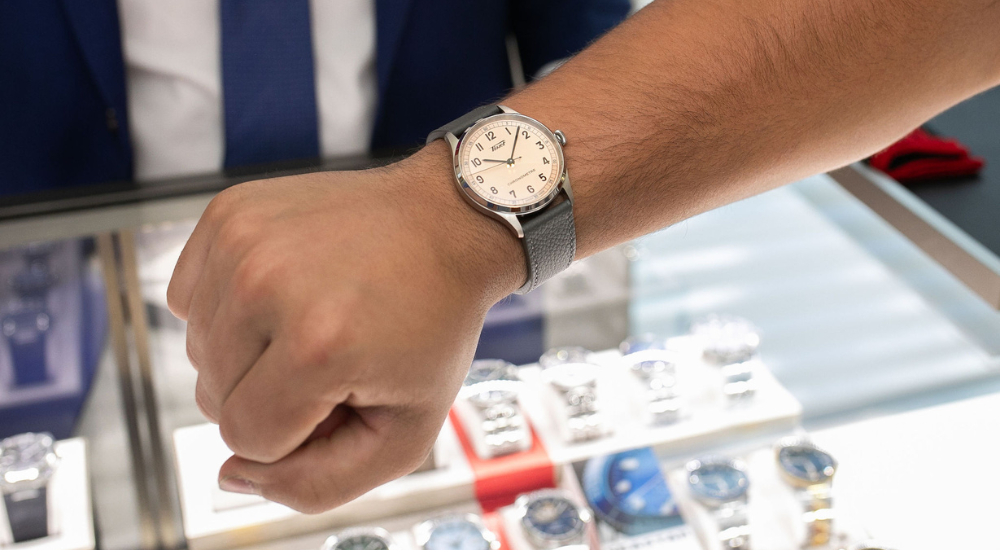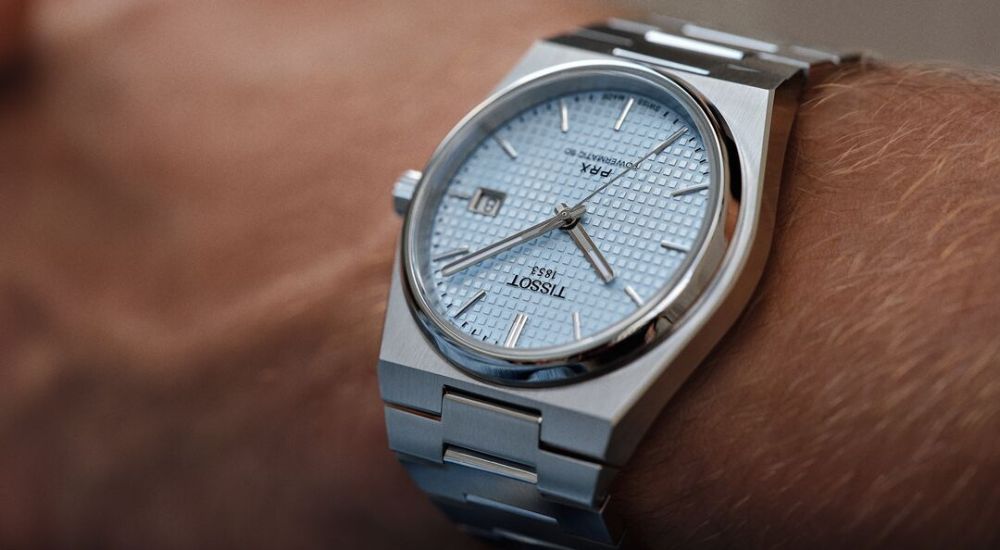Essential Watch Terminology for Beginners

Essential Watch Terminology: 10 Key Terms Every Enthusiast Should Know
An automatic Swiss timepiece can have up to 400 parts. These parts, or the timepiece anatomy, give it its aesthetic value and make it run. More than just being a beautiful piece of art on the wrist, these timepieces are functional; even the most casual observer will notice the craftsmanship. To better understand your watch, here are ten essential features to understand.

Bezel: The bezel goes around the crystal of a timepiece and is usually made of metal or ceramic. On a sports watch, the bezel provides specific functionality for its user. For example, GMT styles tell time in different time zones, Dive styles track oxygen left in your tank, and a Tachymeter helps determine speed.

Bracelet or Strap: These bands secure a timepiece to a wrist. To be considered a bracelet, the band must be made of metal. A high-quality bracelet or strap is essential to a quality timepiece.
Case: The case is the part of the timepiece containing the movement and dial. It protects them from normal wear and tear. Cases come in several different shapes and materials. When the movement is exposed from the back of the case, this is called an “exhibition case.”

Crown: This is a knob on the outside of a timepiece case that sets the calendar and time. It also winds the timepiece.
Crystal: This is the transparent cover on the top of the dial or face. It protects the timepiece from dirt and water and reduces glare. The majority of modern Swiss timepieces have a sapphire crystal.
Types of timepiece crystals:
- Plexiglass: Plexiglass is the least likely to shatter and the most likely to become scratched.
- Glass Crystal: Easily scratched and found primarily on vintage pocket timepieces.
- Mineral Crystal: Easier to shatter over a plexiglass crystal but more challenging to scratch.
- Sapphire Crystal: The most scratch-resistant material but is more prone to shattering than Mineral Crystal or Plexiglass. Sapphire Crystals are the most popular choice for high-end timepieces.
Dial: Also known as the face, the dial is the portion of the timepiece that displays the time. It can come in several different colors and marker combinations.
Hand: The hands are the markers on the dial that indicate time. Most timepieces have at least three hands to show hours, minutes, and seconds.
Hour Marker: These are the indicators on the face of a timepiece that mark out the hours.
Lug: These are projections on the timepiece case that secure the strap or timepiece bracelet to the case.

The Movement: The movement is the engine of the watch. Manual movements utilize a wound mainspring to power a gear train. At the same time, electronic watches use a battery or capacitor to vibrate a piece of quartz. Below is a representation of the movement of a classic Swiss timepiece. Many variations and additional complications (i.e., a Chronograph or Lunar Calendar feature.) will dramatically increase complexity.



